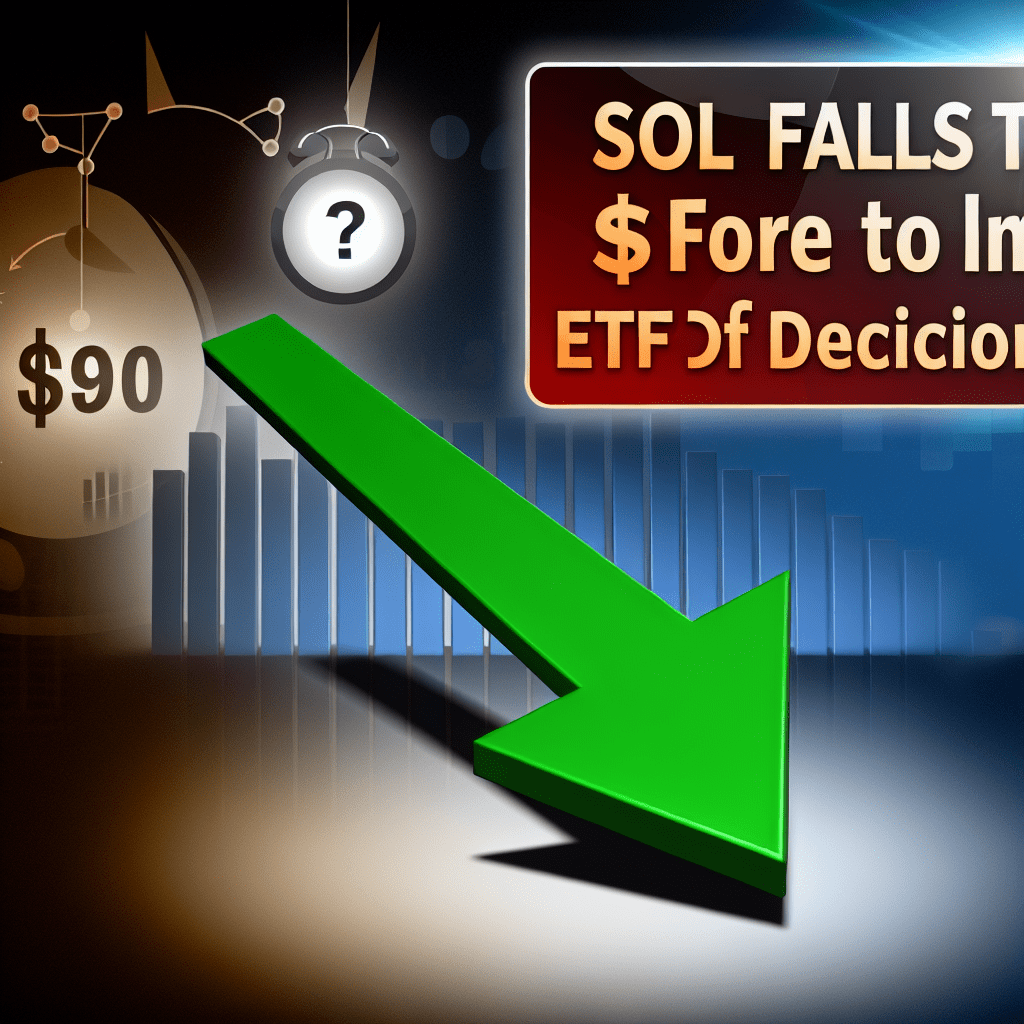Key takeaways:
Solana dropped to $192 on Thursday, completely reversing its rally to $253 in less than a week.
A spot ETF ruling on October 10 may lead to increased institutional investments.
SOL’s RSI configuration suggests a potential short-term bottom amid a wider market correction.
Solana (SOL) plunged below the $200 threshold on Thursday, erasing a recent surge to an eight-month peak of $253. The 19% drop within a week has unsettled the market and raised concerns about near-term resilience.
However, a potential catalyst is on the horizon. Grayscale’s spot SOL ETF awaits its first approval decision on October 10, which could influence institutional capital flows toward SOL, similar to trends seen with BTC and ETH in the past year.
While the REX Osprey Staking SOL ETF, introduced in July, provides spot exposure, its influence is less impactful than a dedicated spot product. A Grayscale spot ETF could facilitate more substantial institutional involvement, potentially enhancing liquidity and broader adoption.
This ruling is just the beginning, as the SEC will consider five additional applications, with a final decision due by October 16, 2025. The lineup features proposals from Bitwise, 21Shares, VanEck, Grayscale, and Canary, highlighting the increasing institutional interest in integrating SOL into mainstream investment channels.
Supporters believe the timing could be critical. Asset managers at Pantera Capital recently labeled SOL as “next in line for its institutional moment,” citing its low allocation relative to BTC and ETH. Institutions hold approximately 16% of Bitcoin and 7% of Ether, yet less than 1% of SOL’s supply is owned by institutions. Pantera suggests that a spot ETF could fast-track adoption, especially as companies like Stripe and PayPal enhance their collaborations with Solana.
Nevertheless, not all indicators suggest an imminent rally. The prediction markets platform Polymarket currently assigns a mere 41% chance of SOL hitting a new all-time high in 2025, indicating ongoing caution amid escalating ETF speculation.
Related: Australian fitness firm tanks 21% on Solana treasury gamble
Price indicator with an 80% hit rate signals SOL bottom
SOL’s price movements have shown significant volatility in the past three weeks. The token surged to $253 from $200 in merely 12 days, but a swift reversal indicated a decline in short-term momentum, with sellers reclaiming territory faster than buyers could establish it.
Nonetheless, on longer timeframes, the broader trend remains positive. SOL is consistently creating higher highs and higher lows, maintaining a bullish daily structure. The current correction is occurring within the primary demand zone or order block between $200 and $185, aligning with the 0.50–0.618 Fibonacci retracement band, a region often monitored for technical rebounds. Holding this area would reinforce the uptrend and potentially reset momentum.
Dropping below $185 would shift focus to the subsequent order block between $170 and $156. While this move wouldn’t immediately render the daily chart bearish, it would severely diminish trend strength and likely provoke increased selling pressure.
On the intraday front, the four-hour chart indicates signs of seller fatigue. The Relative Strength Index (RSI) has dipped below 30 again, a level that historically signals bottoms or higher lows for SOL.
Since April 2025, this setup has occurred five times, and on four occasions, SOL saw rapid recoveries. If history repeats, short-term relief may be on the horizon as the higher timeframe correction develops.
Related: Solana open interest hits record 72M SOL, but why is price falling?
This article does not contain investment advice or recommendations. Every investment and trading move involves risk, and readers should conduct their own research when making a decision.

